This week, people are discussing the legacy of communism, and looking at what freedoms Romania gained since 1989. But thirty years after Europe’s only bloody anti-communist revolution, three fundamental questions remain unanswered.
How did the democratic state take shape? Why were hundreds killed in the days after Nicolae Ceausescu and his wife Elena fled until their execution on Christmas Day 1989? Who shot them?
A new book ‘Snipers and Mystifiers’ demonstrates how the bloodshed was orchestrated by Ceausescu’s feared Securitate secret police, and not, as military prosecutors claim, the result of friendly fire by the revolutionaries.
The book which came out Thursday is the first serious attempt to shed light on the confusion surrounding the revolution. The same day, the European Parliament adopted a resolution calling on Romania to ramp up efforts to clarify the truth of the revolution.
Romania’s acting general prosecutor Bogdan Licu also asked for forgiveness, the first time that a senior public official has apologized to the victims of the 1989 revolution for the failure of the state to bring to justice individuals who shot on unarmed demonstrators.
The uprising began in the western city of Timisoara on December 15 when authorities tried to deport Hungarian pastor Laszlo Toekes. Members of the ethnic Hungarian community gathered around his home, sparking a revolt in the city which spread to other cities around Romania including the capital.
Om December 21, Ceausescu was jeered by a crowd that had been bussed in to support him and he fled the Central Committee with his wife Elena in a wobbling helicopter. Abandoned by his aides, they were eventually captured and executed after a summary trial.
Some 1,200 people died in the shooting and thousands were injured and indiscriminately incarcerated.
But the core mystery is the 800 who were shot dead in Bucharest and other cities after Ceausescu fled on December 22 up until his execution on Christmas Day_ in other words when nobody was in power.
The book looks at who opened gunfire on unarmed revolutionaries, people who until now were known as “terrorists” which prosecutors said was a term used by people who seized power including Ion Iliescu in order to sow chaos and fear.
Last month, a Bucharest court opened hearings into whether crimes against humanity were committed by Iliescu and other ex-communists who took control of the country when Ceausescu fled. They are accused of using “diversion and misinformation” and “chaotic shootings and contradictory military orders” to sow mayhem and kill and sideline protesters, before claiming legitimacy by halting the terror they had orchestrated.
The book ‘Snipers and Mystifiers,’ published by Polirom, is the most thorough investigation into the events yet of the 1989 uprising. The main author is Andrei Ursu, the son of a dissident Gheorghe Ursu who was tortured and killed by Securitate secret police when he was in prison in 1985.
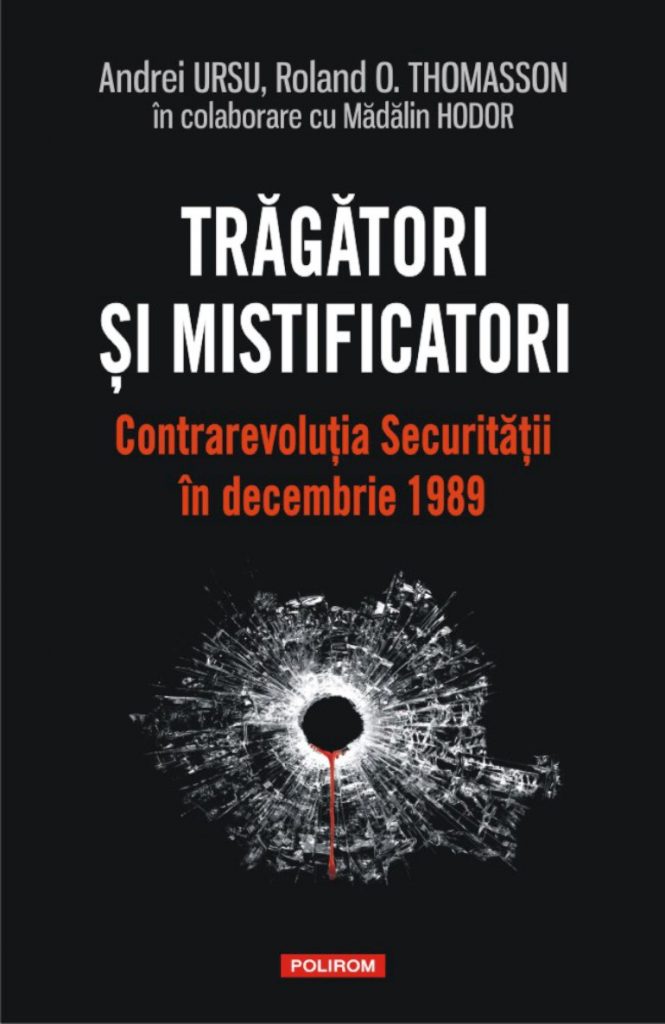
Previzualizează(se deschide într-o fila nouă)
Historian Madalin Hodor and American researcher Roland O Nordasson also co-authored the book which has a foreword written by British Professor Dennis Deletant.
The book says it relies on interviews, research and other documents and demonstrates that Securitate agents shot down revolutionaries and soldiers after the Army joined the uprising on 22 December.
Military prosecutors say the 800 deaths were a result of gunfire between the Army and armed revolutionaries designed to help the National Salvation Front and Iliescu who stepped in after Ceausescu fled.
Balkan Insight interviewed Andrei Ursu, who said that the authors had documents that showed “Securitate was not disarmed on 22 December, as the military prosecution claims.”
The book for the first time presents documents showing that the Securitate only handed over most of its weapons to the army on January 4, 1990, Balkan Insight reported.
Ursu said the “very vast and advanced” arsenal is thoroughly detailed in the book, and was made up of weapons of NATO provenance designed for urban guerrilla warfare – short arms easily hidden in clothes and night-vision-scoped weapons that only the Securitate possessed in Romania at the time.
These were the same weapons used against those who were shot dead after Ceausescu escaped from Bucharest with his wife.
Another important detail revealed by the research concerns the ammunition for some of those weapons. “Some ammunition was missing,” Ursu told Balkan Insight. He said in one Securitate unit, there were 16,500 bullets were missing when the army took possession of the ammunition.
Ursu and his co-researchers also profusely document a secret pre-existent Securitate “resistance” plan of urban guerrilla warfare, which was ready to be activated in case of a foreign invasion or other threats to the regime.
“I’m organizing the resistance from Targoviste,” Ceausescu was heard saying while fleeing Bucharest towards this city on December 22, which is when he seemingly activated a “resistance” plan.
This plan, outlined in several Securitate papers, consisted of “short and violent” actions undertaken by “a relatively small force” on “targets” of “great importance”, seeking to create “a permanent state of insecurity and fear through incessant strikes”.
The list of actions is almost an exact description of the way the “terrorists” acted on the three bloody days that followed Ceausescu’s flight, in which mobile snipers hiding in surrounding buildings repeatedly attacked strategic positions such as the television studios, the Ministry of Defense and the building where the new authorities met.
The book examines whether Securitate chief Iulian Vlad gave the orders, and concludes that he held back, and did not appeal to them to surrender their weapons. The book also dismisses the widespread theory of Soviet involvement in the uprising.


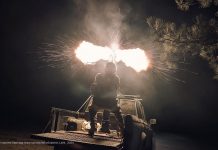


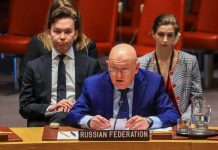





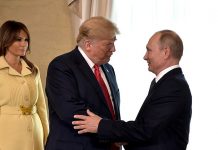



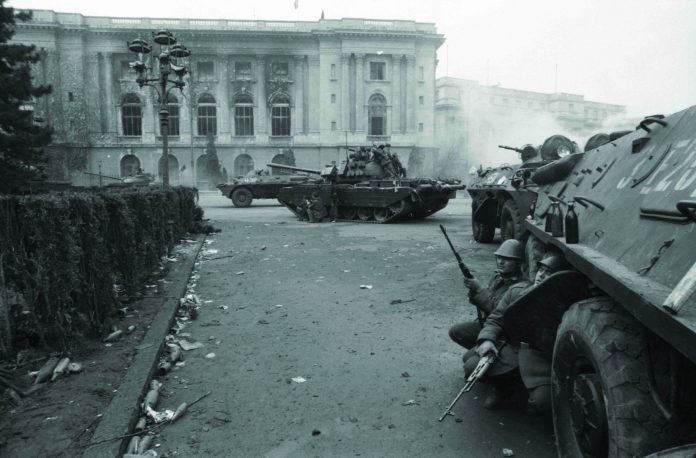

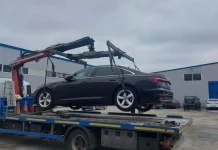


[…] Detalii despre cartea „Trăgători și mistificatori”, apărută la editura Polirom, în ediția… […]